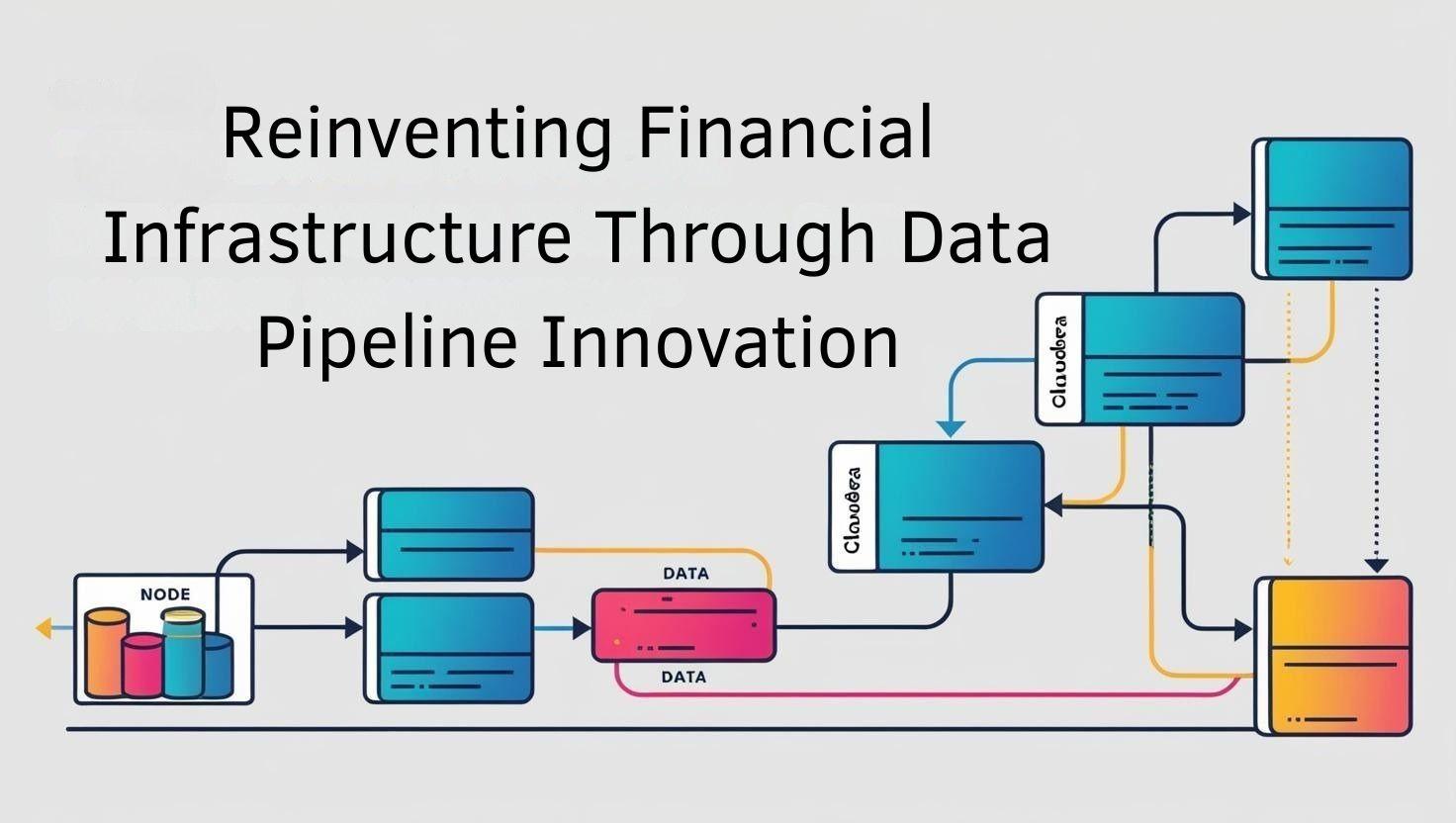Jaydeep Taralkar, a PhD student and technology researcher, delves into the intricacies of financial data systems with a focus on scalable architectures. His recent work sheds light on transformative practices reshaping how financial institutions manage massive data volumes.
A New Era of Financial Data Management
The velocity and complexity of modern financial data have surpassed the limits of traditional systems. Institutions are now dealing with petabytes of data generated daily from diverse sources—market feeds, transactions, behavioral patterns, and alternative indicators like social media sentiment. In this digital deluge, achieving real-time insights while maintaining security and compliance demands a radical shift in data infrastructure. The emergence of integrated ecosystems designed for performance, flexibility, and resilience marks the next frontier.
The Five V’s of Data—and Their Financial Weight
Volume, velocity, variety, veracity, and value—these five dimensions define the challenge of processing financial data. Not only must systems capture billions of transactions daily with sub-millisecond accuracy, but they must also ensure data quality across dozens of formats and derive time-sensitive insights. Without architectural solutions tuned for these demands, financial firms face data silos, delayed analytics, and missed opportunities. The dramatic growth in transactional data, especially with digital financial inclusion, has intensified the urgency to innovate.
Inside the Engine Room: The Architecture Behind the Innovation
The backbone of this transformation lies in a unified open-source platform combining high-throughput storage, stream processing, and real-time analytics. Distributed file systems like HDFS ensure durable, redundant storage for regulatory archives. Spark brings speed to complex computations like real-time risk modeling, while Kafka delivers ultra-fast, lossless data flow across components. Supplemented by NiFi, Hive, Flink, and other tools, the architecture allows seamless orchestration of ingest, compute, and output processes.
These components don’t just coexist—they’re tightly integrated. This cohesion enables institutions to process trillions of events per day, achieve millisecond-level latencies, and manage concurrent sessions in the hundreds of millions. Together, they form an infrastructure capable of supporting not just compliance, but strategic decision-making.
Tuning for Performance: Optimization Strategies That Deliver
Intelligent optimizations play a vital role in boosting financial data pipeline performance. Techniques such as data locality, memory-tier caching, and edge computing significantly reduce processing time and bandwidth use. Institutions have cut batch processing from hours to minutes and doubled throughput in key areas like risk analysis. Network design enhances responsiveness through rack-aware data placement and reduced hops. Edge computing further minimizes latency by bringing compute closer to data, ensuring stable, low-latency operations even during peak market volatility.
Securing the Stack: Advanced Protection and Compliance
As financial data becomes a prime target for cyber threats, institutions are deploying multi-layered security architectures. Granular access controls, encryption at rest and in transit, and robust authentication mechanisms form the first line of defense. Equally crucial are tools for data lineage and audit trails, which not only support internal governance but also ensure compliance with stringent regulations like GDPR and PCI-DSS.
Security is no longer just perimeter-based—it’s embedded throughout the data pipeline. Institutions deploying comprehensive frameworks report higher threat mitigation success rates and significantly lower regulatory penalties, underscoring the operational and financial benefits of robust protection.
Intelligence at Scale: AI in the Pipeline
Machine learning is no longer a separate component—it’s embedded within the financial data ecosystem. From fraud detection to customer segmentation and credit risk evaluation, AI models leverage real-time data to produce actionable outcomes. Integrated platforms allow seamless model training and deployment, closing the loop between insight and execution.
This convergence has yielded remarkable outcomes: fraud detection rates with near-perfect precision, substantial reductions in false positives, and increased revenue from personalized recommendations. The ability to process thousands of transactions per second while applying hundreds of features in real-time positions these systems at the forefront of smart finance.
In conclusion, Jaydeep Taralkar’s work highlights how modern financial institutions are transforming data infrastructure through architectural innovation, strategic optimization, and intelligent automation. As financial data expands in both scale and significance, advanced data pipelines provide a clear route to greater efficiency, resilience, and data-driven decision-making. By embracing integrated ecosystems, fine-tuned performance strategies, and secure AI integration, the financial sector is not merely keeping pace with change, it is actively driving forward progress.





























